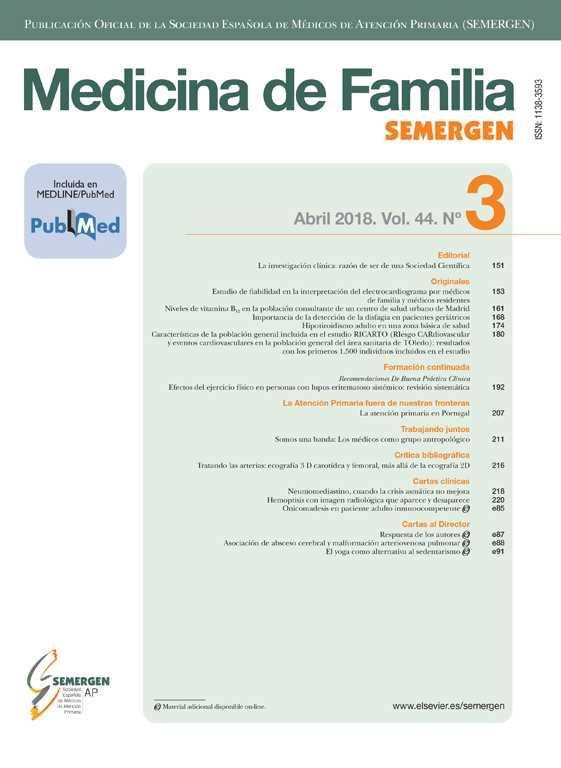El desarrollo de los nuevos anticoagulantes ha modificado el tratamiento antitrombótico en la fibrilación auricular no valvular. Como consecuencia, las principales guías de práctica clínica han recogido e incorporado las nuevas evidencias. Para establecer la decisión terapéutica más adecuada, es imprescindible realizar una estratificación correcta del riesgo de ictus y de hemorragia. Las escalas CHADS2 y HAS-BLED son las más recomendadas. El auténtico papel de los nuevos anticoagulantes en la profilaxis tromboembólica está aún por definir. En el momento actual se deben considerar como una opción más junto a los antagonistas de la vitamina K, si bien para algunas sociedades científicas podrían ser de elección.
The development of new anticoagulants has modified antithrombotic therapy in nonvalvular atrial fibrillation. As a result, the main clinical practice guidelines have incorporated the new evidence. To reach the most appropriate therapeutic decision, it is essential to accurately identify the risks of stroke and hemorrhage. The most widely recommended scales for risk stratification are CHADS2 and HAS-BLED. The definitive role of the new anticoagulants in thromboembolic prophylaxis remains to be established. Currently, these drugs should be considered as one more option, together with vitamin K antagonists, although some scientific societies consider them to be the drug of choice.






